Agriculture Reference
In-Depth Information
The role of humans in the organic herds is to both support the possibilities for the animals
to perform their species-specific natural behaviour, giving them as many opportunities as
possible to live a 'natural life' (e.g. f lock life, outdoor life, mother-offspring relations), and to
be care-takers who support animal wellbeing by fulfilling their nutritional requirements and
who intervene whenever necessary to avoid a potential crisis.
With regard to organic feeding, many of the challenges regarding home-grown or locally
grown, organic feed can be met by optimal crop rotation systems, high quality feed production
in terms of pasture management and harvest at the right time, choice of the best crops, conser-
vation and storage under optimal conditions. However, some import into the farm seems nec-
essary, such as trace elements and minerals. The reliance by monogastric animals on synthetic
amino acids in conventional farming systems needs to be met in organic systems using more
sustainable, long-term strategies, including breeding and production goals. Differences
between countries and regions with regard to farming systems seem bigger than the general
difference between conventional and organic livestock systems.
References
AFFA 2000.
OBE
Organic
Rangeland
Beef
. Food and Agribusiness Industries Division,
Department of Agriculture, Fisheries and Forestry, Canberra. <http://www.affa.gov.au/
corporate_docs/publications/pdf/food/nidp/obe_organic_rangeland_beef.pdf>.
Bestman, M. 2000. The role of management and housing in the prevention of feather pecking in
laying hens. In: Hovi, M. and Bouilhol, M. (eds)
Human-Animal
Relationship:
Stockmanship
and
Housing
in
Organic
Livestock
Systems
.
Proceedings
of
the
Third
NAHWOA
Workshop,
Clermont-Ferrand,
21-24
October
2000
. University of Reading, Reading. pp. 79-88.
Danish Cattle Health Advisory Board 1998. Produktionsmæssige konsekvenser af omlægning
fra konventionel til økologisk produktion.
LK
meddelelser
178.
Danish Poultry Council 2002.
Annual
Report
. The Danish Poultry Council, Trommesalen.
Ebbesvik, M. and Løes, A.K. 1994. Organic dairy production in Norway - feeding, health,
fodder production, nutrient balance and economy - results from the 30 farm project
1989-1992. In: Granstedt, A. and Koistinen, R. (eds)
Converting
to
Organic
Agriculture
.
Nordic Association of Agricultural Scientists, Stockholm. p. 35-42.
Ellis, K. and Hovi, M. 2003. Attitudes of veterinary and advisory staff to organic livestock pro-
duction: identification of problems and recommendations. Working Group Report. In:
Hovi, M., Martini, A. and Padel, S. (eds)
Socio-Economic
Aspects
of
Animal
Health
and
Food
Safety
in
Organic
Farming
Systems
.
Proceedings
of
the
1st
SAFO
Workshop,
5-7
September
2003,
Florence,
Italy
.
Sustaining
Animal
Health
and
Food
Safety
in
Organic
Farming
. University of Reading, Reading. pp. 221-223.
Fossing, C. 2005. Researching alternative medicine for treatment of mastitis in cattle: possibil-
ities and limitations. PhD thesis (submitted August 2005), The Royal Veterinary and
Agricultural University, Copenhagen, Denmark and Danish Institute of Agricultural
Sciences, Tjele.
Früh, B. 2004. Feeding strategies in Swiss organic farming to improve food quality and animal
health. In: Hovi, M., Sundrum, A. and Padel, S. (eds)
Organic
Livestock
Farming:
Potential
and
Limitations
of
Husbandry
Practice
to
Secure
Animal
Health
and
Welfare
and
Food
Quality
.
Proceedings
of
the
2nd
SAFO
workshop
25-27
March
2004,
Witzenhausen,
Germany
.
Sustaining
Animal
Health
and
Food
Safety
in
Organic
Farming
. University of Reading,
Reading. pp. 55-57.
Gunnarsson, S., Keeling, L.J. and Svedberg, J. 1999. Effects of rearing factors on the prevalence
of floor eggs, cloacal cannibalism and feather pecking in commercial flocks of loose
housed laying hens.
British
Poultry
Science
40: 12-18.


